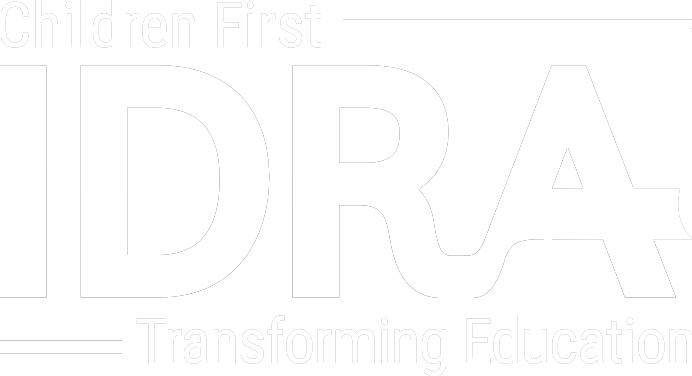By Morgan Craven, J.D. • Federal Education Law and Policy Update • October 9, 2025
Key takeaways
- Nearly 90% of education department staff are furloughed.
- Civil rights investigations and new grants are paused.
- Funding uncertainty threatens Title I and IDEA services.
Resource from the Intercultural Development Research Association (IDRA), a nonprofit advancing education equity.
The federal government shutdown that began October 1 will have big consequences for education. Some federal services and programs will continue, including essential services and those not funded through the yearly appropriations process. Others will be paused or potentially stopped completely.
When a government shutdown appears likely, federal departments are instructed to develop contingency plans detailing which programs and services will continue and how staff will adjust their work during the shutdown.
The U.S. Department of Education’s contingency plan includes the following:
- More than 2,000 employees – nearly 90% of the department’s workforce – will be furloughed (or experience a period of leave during which they will not be paid).
- Title I and the Individuals with Disabilities Education Act (IDEA) grants that support schools serving children from low-income communities and students with disabilities, respectively, will be distributed to states. Many other grants distributed this summer will remain accessible.
- New grantmaking activities will cease.
- The Office for Civil Rights (OCR) will stop reviewing and investigating civil rights complaints.
- Policy guidance and technical assistance to states and school districts will pause.
The long-term impacts of a shutdown could be extensive. Pausing investigations into potential civil rights violations further undermines the already-limited functioning of OCR.
Reduced staff means that key departmental functions will be negatively impacted, including monitoring grant compliance, ensuring accountability, collecting data and providing technical support. And, furloughs could turn into firings as a means to implement the administration’s goal to shrink the size of the federal government.
The shutdown is occurring in the context of competing budget proposals that could lead to reductions in federal funding for public schools nationwide.
In IDRA’s next update, we will explore the proposed budgets from the House, Senate, and President, as well as the potential impact of funding changes on schools and students.
This article appeared with other articles in the October 2025 edition of the IDRA Federal Education Law and Policy Update. See the full edition.
FAQs
Q: Which education programs continue during the shutdown?
A: Essential programs like Title I and IDEA grants still distribute funds to states.
Q: How many Department of Education employees are affected?
A: Over 2,000 employees – nearly 90% – are furloughed without pay (or will experience a period of leave during which they will not be paid).
Q: What are the long-term impacts?
A: Civil rights reviews, technical assistance and new grants are delayed, harming students and families reliant on federal programs.



